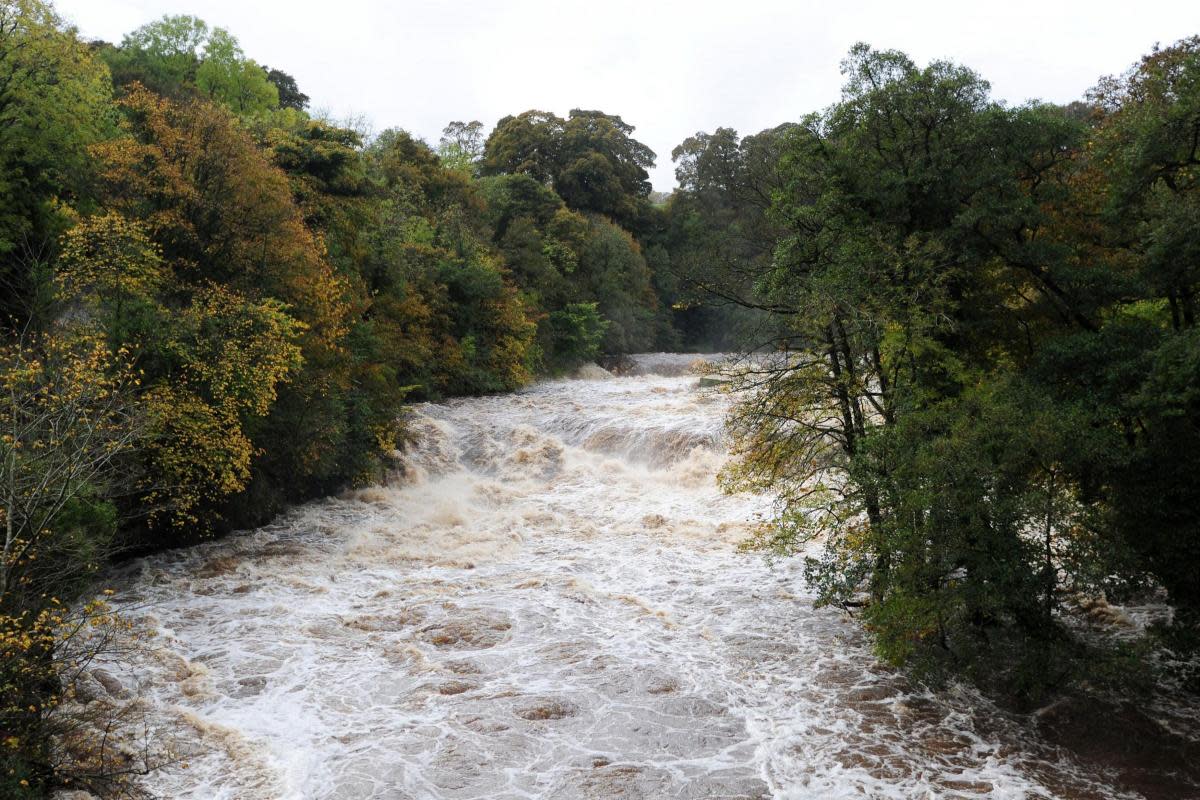£4m work begins at improving water quality in North East waterways

A £4m project to improve the water quality in North Yorkshire has begun this week.
Yorkshire Water has announced that the work began at the Thornton-le-Beans wastewater treatment site, which will see the development of a new nature-based wetland solution to improve water quality in the River Wiske, a tributary of the river Swale.
The project, carried out by Mott McDonald Bentley, will provide a natural, sustainable, and low-carbon way to treat and remove Phosphorus from wastewater before returning it to the environment.
Phosphorus is a normal part of sewage, entering the sewer system via domestic showers and washing machines due to products such as shampoo and liquid detergent containing Phosphorus.
It can also wash off from agricultural fields after the use of fertilisers and be dissolved from soil which can be difficult to control.
Over 20,000 wetland plants will be planted amongst interconnected ponds at the expanded treatment works during the project.
The plants will treat the wastewater as it travels through the wetland, taking in and breaking down pollutants and nutrients. The wastewater being treated will not include solid waste.
Most read:
Darlington pub announces extended opening hours after successful application
New BBC documentary tells story of woman's death six years after Darlington crash
Darlington man beat up his partner just two weeks after prison release
Got more from The Northern Echo with a digital subscription. Get access for 4 months for just £4, or get 40% off an annual subscription with our latest offer. Click here.
Once complete, the project will improve the river quality 6.4km downstream of Wiske, a tributary of the Swale.
Rizwan Khan, project manager at Yorkshire Water, said: “Nature-based wetland solutions are a sustainable and low-carbon way to reduce Phosphorus in treated wastewater, and ultimately improve the water quality in Yorkshire’s rivers. It’s important to us and our customers that the local environment thrives, so we have several Phosphorus reduction schemes currently in the works, with £500 million to be invested before 2025.
“The plants will also provide a new habitat for pollinators and other local wildlife, providing a biodiversity net gain for the site."
The project is expected to be completed in spring 2026.
The access track will be removed upon completion, and the field will return to its original state.

 Yahoo News
Yahoo News 

